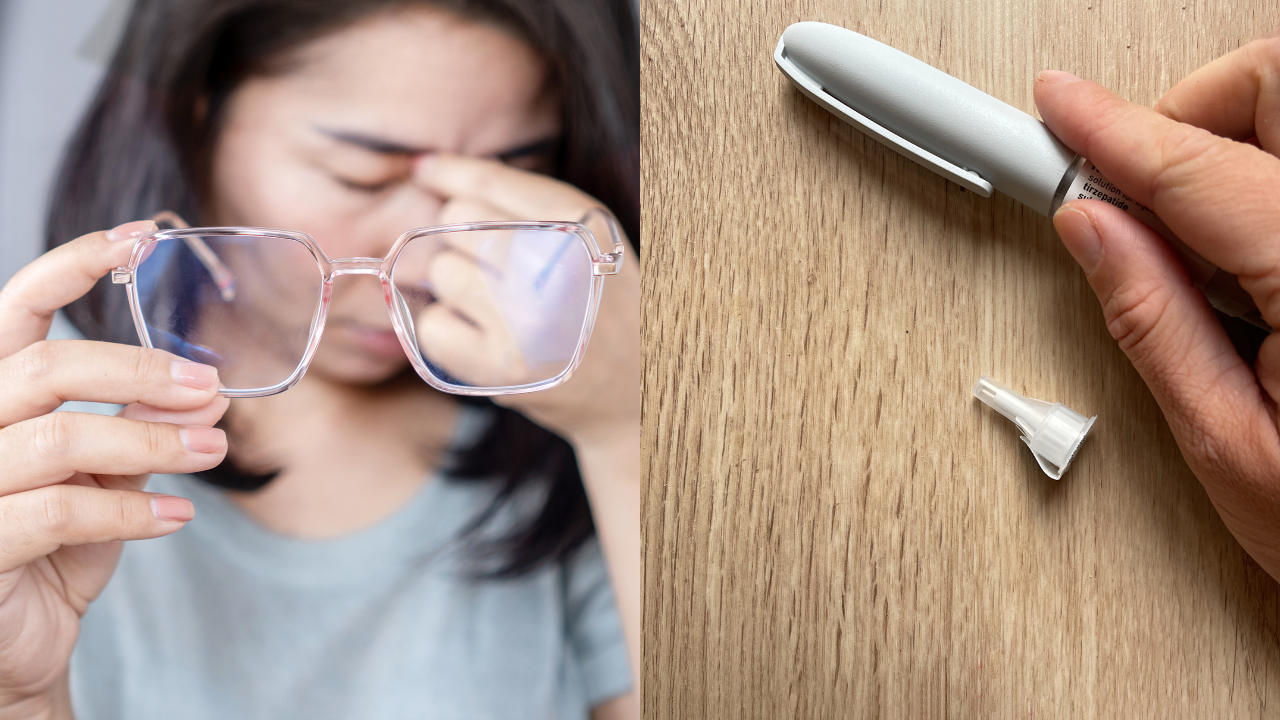Can Diabetes Drugs Steal Your Vision? Why GLP-1s Are Facing Eye Damage Claims

Credits: Canva
SummaryDiabetes drugs like Ozempic and Mounjaro, celebrated for weight loss, are now under scrutiny for possible links to rare vision disorders and eye disease. As lawsuits mount, experts urge regular eye screening for patients using GLP-1 medications.
End of Article
